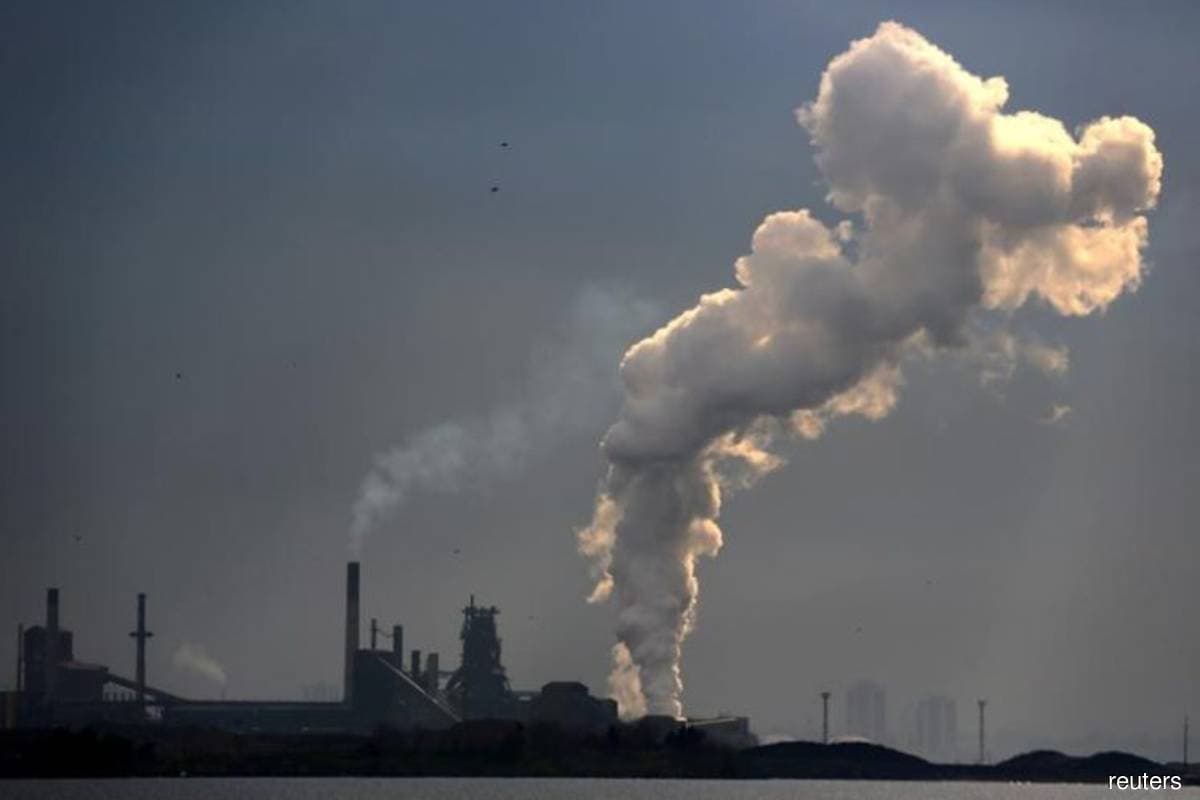
KUALA LUMPUR (Dec 10): The transition to a net-zero emissions world opens up an investment opportunity that totals almost US$200 trillion (RM880.7 trillion) by 2050 — or nearly US$7 trillion a year.
In a statement on Wednesday (Dec 7), research company BloombergNEF (BNEF) said electric vehicles and low-carbon power will be the biggest markets for investors, followed by power grids.
BNEF global head of economics and modelling David Hostert said the firm had modelled a path to global net-zero by 2050, and found the world can limit warming to 1.77°C.
"For that, clean power deployment needs to quadruple by 2030, in addition to a major investment in carbon capture and storage, advanced nuclear technologies, and hydrogen,” he said.
Two scenarios were highlighted in the report:
- The economic transition scenario that assumes no new policy action
- The net-zero scenario that assumes global net-zero emissions by 2050
The economic transition scenario requires annual investment to double from the 2021 level of US$2 trillion per year to US$4 trillion, while the net-zero scenario requires annual investment to more than triple to US$6.7 trillion per year.
BNEF said such a colossal transformation of the global economy would trigger massive demand for related inputs, such as metals. The 2050 lithium demand from the energy transition alone looks to be about 17.5 times total demand in 2020, for instance.
It said this exponential growth in demand for metals will require newer technologies that increase the scale of production, without compromising on sustainable extraction.
“We are at that critical fork on the road where what we do today determines whether the world is 2.6°C warmer under the economic transition scenario, or that warming is limited to below 2°C under the net-zero scenario,” said Hostert.
